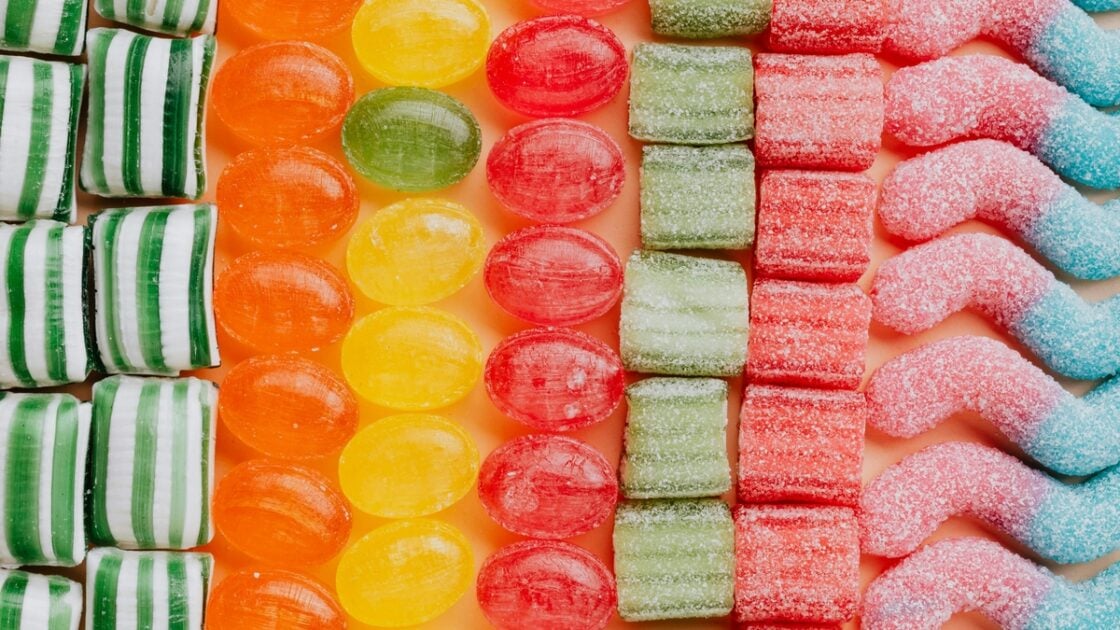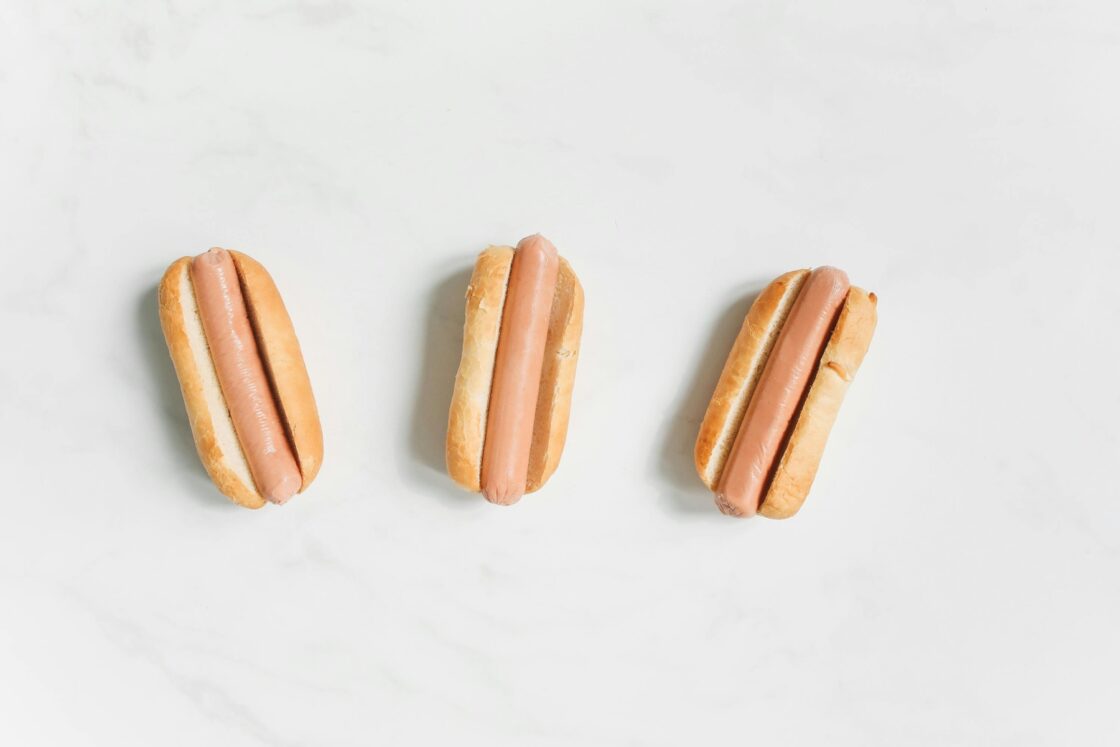
Well being Secretary Robert F. Kennedy Jr. introduced Tuesday that he had come to “an understanding” with main meals producers to take away six petroleum-based meals colorings from the American meals system by 2026. The announcement falls in need of the outright ban some media shops anticipated, with Kennedy as a substitute asking the meals business to voluntarily swap out the artificial dyes with pure meals dye alternate options already widespread in Europe and Canada.
“Let’s begin in a pleasant manner and see if we will do that with none statutory or regulatory adjustments,” FDA Commissioner Marty Makary advised reporters at an occasion to announce the plan. “However we’re exploring each device within the toolbox to verify this will get executed in a short time.”
Which Artificial Meals Dyes Are We Speaking About?
Earlier this yr, the FDA banned Pink 3 dye, greater than three a long time after scientists first found the hyperlink between this widespread meals dye and most cancers in animals. After the FDA beforehand declined to ban a number of controversial meals dyes, this was an enormous step in the precise course. However regardless of this progress, there are nonetheless a number of different dangerous artificial meals dyes nonetheless in use immediately.
The dyes Kennedy hopes to eradicate embrace Pink 40 dye, which some analysis has linked to migraines, allergy symptoms1, and behavioral points in youngsters2, and Yellow 6 dye, which is doubtlessly contaminated with carcinogens3.

The FDA may even start concentrating on different dyes like Citrus Pink 2, a recognized carcinogen used to paint orange peels4, and Orange B, which is used to paint sizzling canine casings and can also be carcinogenic5.
The Trade Response
To this point, the division has not offered a transparent regulatory path to implement these adjustments, and no producers have publicly agreed to Kennedy’s calls for. Whereas the Worldwide Dairy Meals Affiliation has pledged to eradicate synthetic meals coloring from merchandise bought in faculties by the start of the 2026 college yr, different business teams have pushed again. The Worldwide Affiliation of Coloration Producers took challenge particularly as regards to Kennedy’s proposed timeline.
“Requiring reformulation by the top of 2026 ignores scientific proof and underestimates the complexity of meals manufacturing,” the affiliation mentioned in a press release after the announcement. “The method is neither easy nor fast, and the ensuing provide disruptions will restrict entry to acquainted, inexpensive grocery gadgets.”

State Laws May Be the Approach Ahead
Kennedy was joined on the information convention by Patrick Morrisey, governor of West Virginia, who not too long ago signed state laws banning seven meals dyes and two preservatives: propylparaben, which has been linked to hormone disruption6, and butylated hydroxyanisole, which the Nationwide Toxicology Program writes is “fairly anticipated to be a human carcinogen.”7
“As soon as states begin banning unsafe substances, the meals business shouldn’t be going to create meals merchandise for particular states. They’ll reformulate for the entire nation, the best way they’ve executed in Europe.”
Jennifer Pomeranz, affiliate professor of public well being coverage and administration at NYU
This laws will go into impact in 2028. California has handed related, narrower measures, and at the least 20 states are presently contemplating related laws — however West Virginia’s is the primary ban of this scope.
Jennifer Pomeranz, an affiliate professor of public well being coverage and administration at New York College, says state measures like this one may have a helpful influence nationwide to maneuver away from synthetic meals dyes and towards pure meals dyes. “As soon as states begin banning unsafe substances, the meals business shouldn’t be going to create meals merchandise for particular states,” she says. “They’ll reformulate for the entire nation, the best way they’ve executed in Europe.”
Sources:
- https://journals.sagepub.com/doi/pdf/10.1177/014556131709600604
- https://educational.oup.com/nutritionreviews/article-abstract/71/5/268/2460188
- https://pubmed.ncbi.nlm.nih.gov/23026007/
- https://pubchem.ncbi.nlm.nih.gov/compound/Citrus-Pink-2
- https://www.cspinet.org/websites/default/information/attachment/food-dyes-rainbow-of-risks.pdf
- https://hyperlink.springer.com/article/10.1007/s40572-020-00300-6
- https://www.ncbi.nlm.nih.gov/books/NBK590883/

